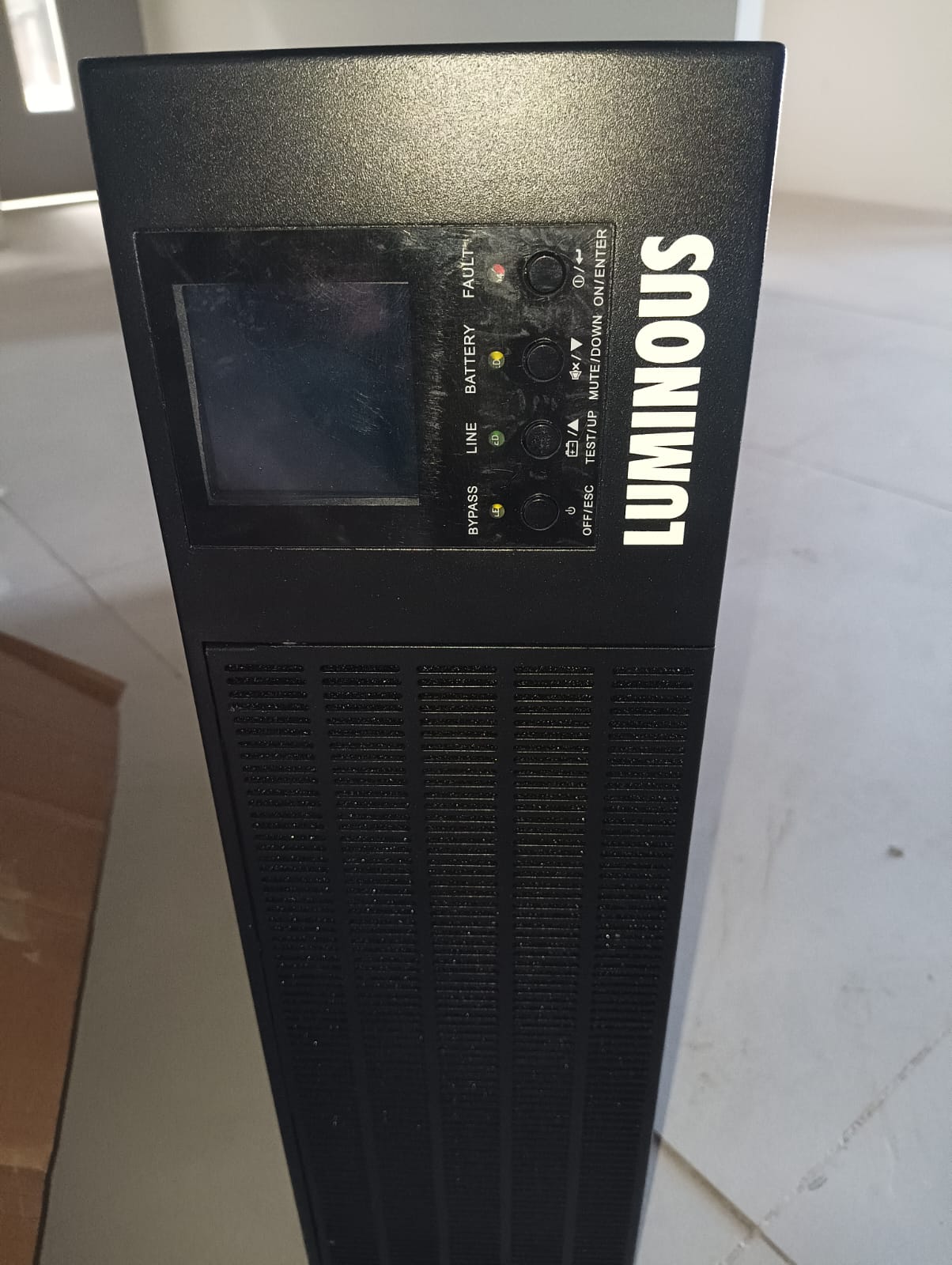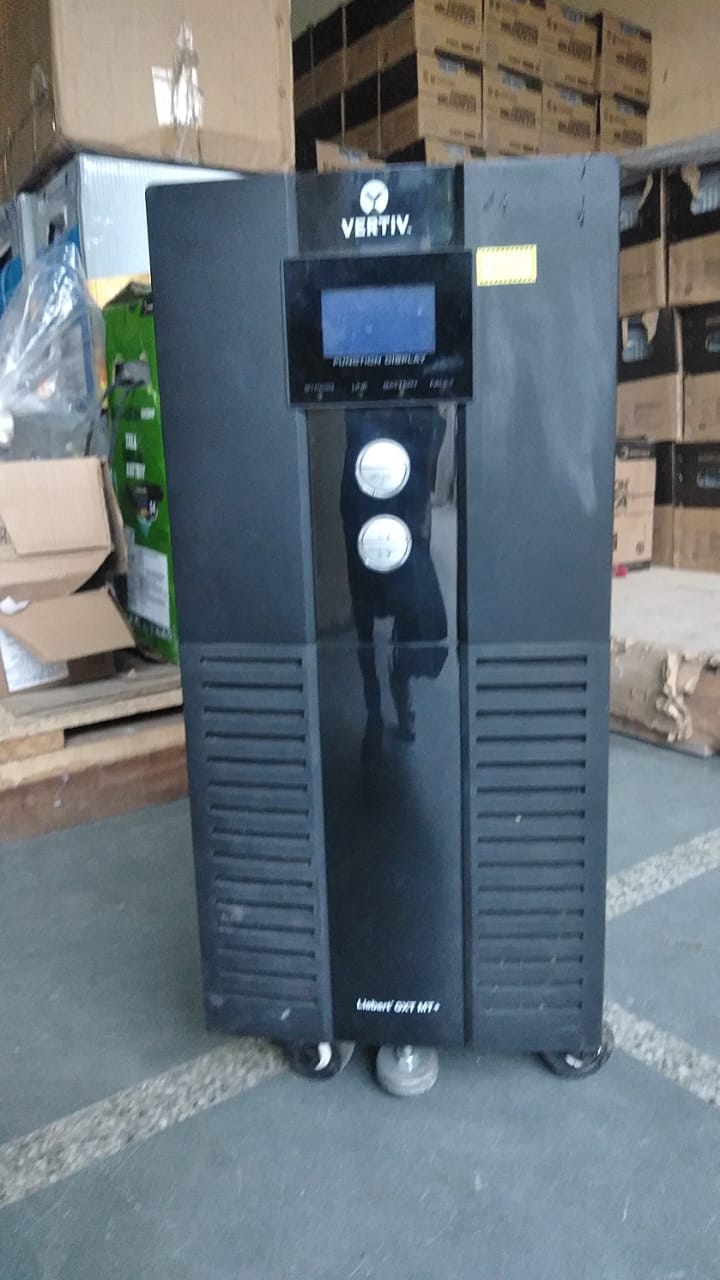Emerson offers a variety of Uninterruptible Power Supply (UPS) systems designed to provide reliable power protection for critical applications. Here’s an overview of their offerings: General Specifications: Types: Modular, transformerless, and line-interactive UPS systems. Input Voltage Range: Typically - Input Voltage Range: Typically 100V to 240V depending on the model. Output Voltage: Pure sine wave output for compatibility with sensitive electronic equipment. Form Factor: Available in both tower and rack-mount configurations. Key Models: 1. Emerson Liebert GXT5 Series: Ideal For: Data centers and critical IT applications. Features: High efficiency with online double-conversion technology. LCD display for real-time monitoring and diagnostics. Scalable runtime with external battery cabinets. Models: GXT5-1000RT120: 1000VA/900W GXT5-1500RT120: 1500VA/1350W GXT5-3000RT120: 3000VA/2700W 2. Emerson Liebert PSI5 Series: Features: Compact design suitable for small to medium-sized applications. USB and serial communication ports for monitoring. Built-in battery management for extended life. Models: PSI5-1000RT120: 1000VA/800W PSI5-1500RT120: 1500VA/1200W 3. Emerson Liebert APM Series: Features: Modular design for scalability and redundancy. High efficiency and low total cost of ownership. Advanced monitoring and management capabilities. Models: APM-10K: 10kVA modular UPS. APM-20K: 20kVA modular UPS. Key Features Across Models: High Efficiency: Many models offer efficiencies of 95% or higher, reducing energy costs. Advanced Monitoring: Options for remote monitoring and management through software solutions. Flexible Configuration: Supports various installation environments and requirements. Applications: Data Centers: Protects critical servers and networking equipment. Healthcare: Ensures reliable power for medical devices and systems. Industrial: Supports machinery and equipment during power interruptions. Advantages: Robust Power Protection: Safeguards against power disturbances and outages. User -Friendly Management: Easy to monitor and manage through LCD displays and software. Scalability: Modular options allow for future expansion as power needs grow. Emerson UPS systems are designed to deliver reliable power protection and management solutions tailored to the needs of various industries, ensuring that critical systems remain operational during power disruptions.
Send Message







